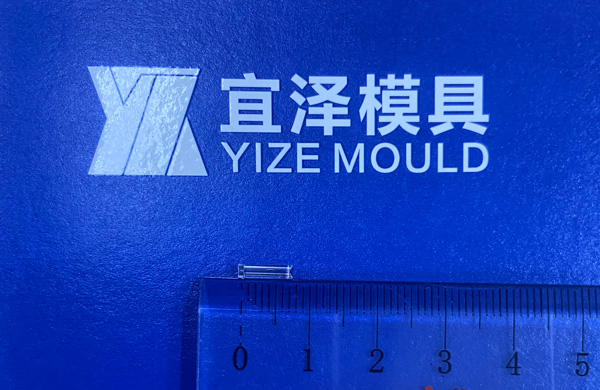In the production process of thin-wall injection molded parts, a series of issues often arise due to various factors. These issues not only affect the quality of the injection molded parts but may also have adverse effects on production efficiency and costs. Below, we will provide a detailed analysis of the eight common issues in the production of thin-wall injection molded parts.
Incomplete Filling
The small and corner areas of thin-wall injection molded parts are often not completely filled due to inadequate mold processing precision or poor ventilation. Additionally, insufficient injection volume or pressure, as well as defects in the design of the injection molded parts, are also important reasons for incomplete filling. These issues require special attention during the molding process to ensure the completeness and quality of the injection molded parts.
Shrinkage
Shrinkage often occurs in areas of thin-wall injection molded parts where the wall thickness is uneven. This is caused by inconsistent shrinkage during the cooling or solidification of the hot melt plastic. To avoid shrinkage, it is necessary to fully consider wall thickness uniformity when designing injection molded parts and control the cooling rate and temperature during production.
Surface Image Problems
Surface image problems often occur on the back of reduced-material BOSS pillars or ribs, or due to excessive stress marks caused by overly high core or ejector pin designs. These issues affect the appearance quality of the injection molded parts and need to be resolved through optimized mold design and adjustment of the production process.
Flow Marks
Flow marks typically appear at the gate entry, often due to low mold temperature, excessive injection speed or pressure, improper gate settings, or when the plastic encounters turbulent structures during injection. To address this issue, measures such as adjusting mold temperature, injection speed, and pressure, as well as optimizing gate settings, can be taken.

Weld Lines
Weld lines often appear where two flows of material converge, such as at the intersection of flows from two gates or around cores. This is mainly caused by a drop in material temperature or poor ventilation. To improve weld lines, it is necessary to increase the material temperature, optimize the ventilation system, and ensure smooth convergence of material flows.
Flash
Flash often occurs at the parting line of the mold, due to poor mold closure or improper processing of the mold edges. During injection molding, insufficient clamping force, excessive material temperature, or pressure can also lead to flash. To resolve the flash issue, it is necessary to improve mold closure accuracy, optimize mold design, and control material temperature and pressure.
Deformation
Elongated parts, large thin-wall parts, or larger injection molded parts with asymmetrical structures are prone to deformation due to uneven cooling stress or uneven ejection forces during molding. To avoid deformation, it is necessary to fully consider the structural characteristics of the injection molded parts during design and control the cooling rate and ejection method during production.
Surface Contamination
When the mold surface is rough or the mold temperature is too high, residual adhesive, oil, or other contaminants on the mold surface may pollute the surface of the injection molded parts. This is especially true for sensitive materials like PC. To address surface contamination, it is necessary to regularly clean and maintain the mold and control various parameters during production.
In summary, the eight common issues in the production of thin-wall injection molded parts each have their own causes and solutions. In actual production, we need to analyze and judge based on specific situations and take corresponding measures to ensure the quality and production efficiency of the injection molded parts.